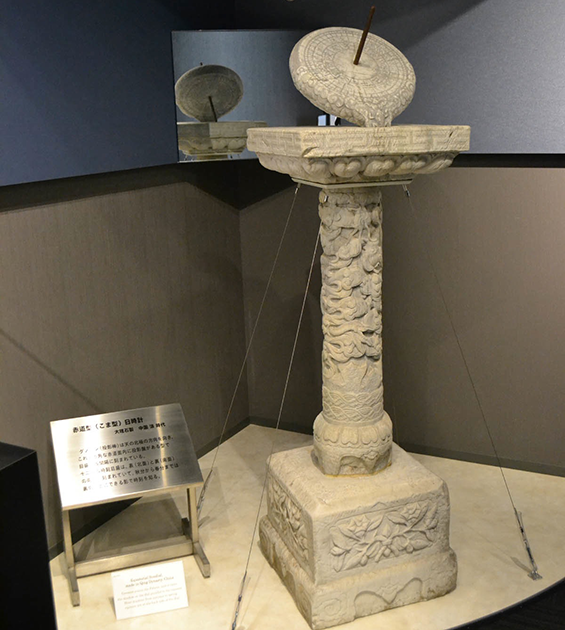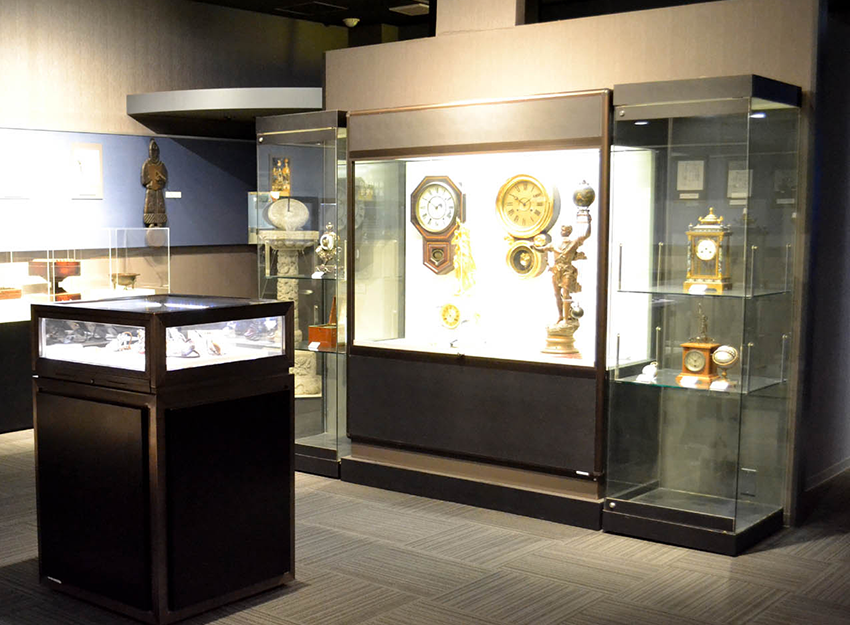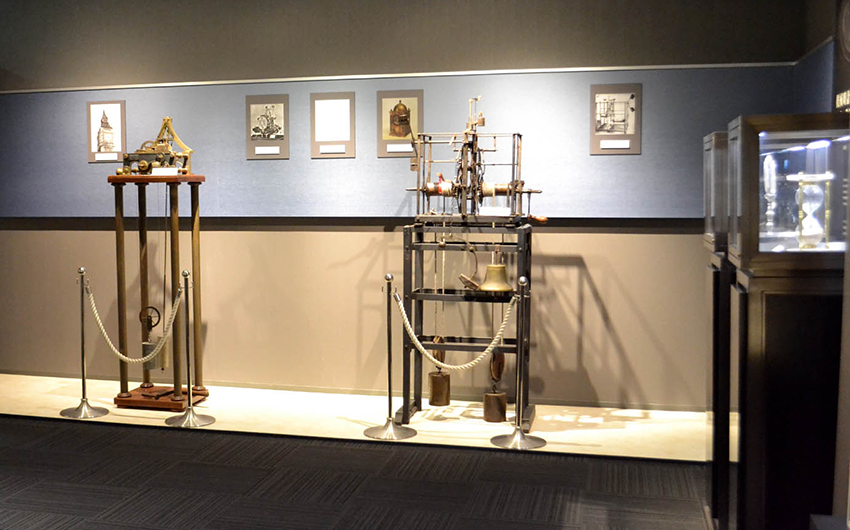The Seiko Museum
About The Seiko Museum
The Seiko Museum in Tokyo started life as the Seiko Institute of Horology, which was established in 1981 to commemorate Seiko's centennial in keeping with Kintaro Hattori's founding ethos of always staying a step ahead of the rest. The institute started life as a research and development facility that amassed a collection of relevant timepieces.
The company came to realize the importance of broadening the scope of the facility, and ultimately transformed it into a repository of timepieces from around the world, not just from Seiko.

In 2012, Seiko renovated the facility so it could share the past, present, and future of timekeeping with to all members of the general public, starting with preschoolers. The museum is particularly pleased to offer timepiece craftwork classes for school students during spring, summer, and winter vacations.
The facility attracted around 9,000 visitors in 2012, which was several fold higher than before renovations. It showcases about 600 timepieces, ranging from the historic to the ultra modern. The collection will expand in the years ahead.
The museum offers guided tours to groups and individuals at no charge. Just reserve your visit by phone. If you do not speak Japanese, you'll be glad to know that you can make reservations and take your guided tour in English if you prefer. Although the tour takes around 60 minutes, you can arrange to shorten it. In any case, you will probably want to look around for hours, and you are welcome to do so.
The museum covers three floors. The first floor highlights the evolution of time and timekeeping instruments, showcasing historic pieces from around the Orient and the West. Items range from Chinese and Korean sundials to early mechanical clocks and pocket watches through to the late 19th century. You'll be glad to know that many pieces are in operating condition.
Museum guides will be more than happy to demonstrate the actions of some of the more esoteric pieces for you, the iron framed tower clock perhaps being the most enjoyable example. There is also a section showing the development of quartz timepieces, and a sports timing zone.
On the second floor, panels and videos help you to explore the early years of Seiko and the life of Kintaro Hattori. Of course, Seiko enthusiasts will revel in the extensive range of the company's products, from its earliest clocks, pocketwatches, and the Laurel, Japan's first wristwatch, to the world's first GPS solar watch.
Also on this floor is one of the best collections you'll ever find of traditional Japanese clocks, called Wadokei in Japanese. These timepieces combine Japanese systems with mechanisms imported from the West in the 16th century.

The third floor houses about 8,000 documents relating to time and time-keeping instruments, mostly in Japanese. This section is a must for horology researchers in Japan. But even if you don't read Japanese, some material is also in English, French, and other languages.
One of the more interesting publications in that regard is a bilingual 1902 catalog that Seiko used for its exports. There is also an English version of a history of the Japanese clock and watch industry.
The people at the Seiko Museum say that they aim to expand the facility's collection in the years ahead, and look forward to making it one of the world's best places for children and adults alike to learn about time. And if you choose to visit, don't forget to check out the souvenirs and timepieces in the museum shop. We look forward to seeing you at the museum!

In the next installment of this series About the Seiko Museum, we'll highlight some key pieces in the evolution of timekeeping.